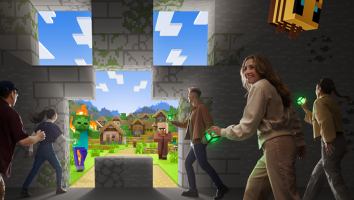Is there a scientific secret to making kids laugh? Could there possibly be a sure-fire formula for a quick giggle? Probably not, but new research from the University of Nottingham sheds light on how seven-year-olds make their siblings chuckle. And if you’re looking at making kids guffaw or trying to develop sibling characters that authentically represent children’s humor styles, take note of these subtle ways brothers and sisters make each other LOL.
Aptly titled “‘H, I, J, K, L, M, N, O, PEE! Get it? Pee!’: Siblings’ shared humor in childhood” and published in the British Journal of Developmental Psychology, the study observed 86 seven-year-olds from middle class families in small towns and suburban communities across New York. Overall, the study looked at six different kinds of humor (incongruities, wordplay, sound play, taboo topics, banter and clowning around).
Animal noises, over-exaggerated vocalization, silly voices and sudden opera-style outbursts are the most commonly used ways seven-year-olds make their siblings laugh, the study found. This was most commonly used for kids trying to make their younger siblings chuckle.
Wordplay came in as the second-most common giggle-inducer, as siblings enjoyed making up nonsense words or phrases, riddles and fantastical stories, as well as making deliberate mistakes or switching words in popular songs.
This was followed by banter (which ranged from light-hearted insults to more humorous aggression, mockery and teasing) and then finding hilarity in random things that went against expected realities, such as as shouting that they have cheese in their pockets when, of course, they probably don’t (but they’re kids, so you never know).
Of course, a study on the humor of seven-year-olds wouldn’t be complete without a bit of gross-out fun. Taboos and bodily functions (making fart and burping noises, natch), also elicited plenty of chuckles (and skewed more effective towards boys).
Finally, clowning around (dancing, posing and face pulling) was the least-used type of humor. The fact that non-verbal clowning behaviors, which are seen in pre-verbal infants, are still being used at all by seven-year-olds suggests, according to the researchers, that children are amused by both simple and complex forms of humor as they develop.





















